San Diego Comic-Con isn't exactly a hotbed for gaming and gaming-related announcements. You might get an update on a title spawning from a comic or TV show or movie, but that's about it nowadays; it's different from what you might've seen a few years ago. You can still find some people using the convention to announce something new or rebranded. That was the case with the Rubik's WOWcube, a device that was previously known as just the WOWcube without the newly acquired license. We gave the device a hands-on look at a private event near the convention and came away very intrigued.
The first thing we did with the Rubik's WOWcube was touch it. The device is a 2x2x2 cube with a total of 24 active screens. It's a heavy device, and the weight is one thing the developers are already working to reduce without impacting the overall battery life. The surfaces are all glass, which feels nice to touch but also runs the risk of cracking easily when dropped. The durability was also something that the developers were actively working on as far as trying to find materials that keep the device feeling premium without feeling fragile. The most impressive thing is how the device feels when it comes to actually using it. Twisting and turning the thing feels nice. The turning process happens in incremental steps, so it doesn't move freely on its own, but the tactile feel will appeal to those who still love fidgeting with their traditional Rubik's Cubes. This was something that was paramount in terms of getting it right, and the team seems to have nailed it rather early on.
Next came the use of the apps built into the cube. Each screen has an app icon, and once you highlight the app you want, you can start it up by double-tapping on a side of the device. While running the app, you need to shake it to return to the main menu. It's an interesting but neat way to do things. Having a touch-screen be usable on every cube would add a bit of complexity as, you'd have a greater chance of accidentally touching what you didn't want to. Since the device doesn't have any buttons, there isn't going to be any other way to elegantly exit.
While our hands-on time with the device was short, we tried a few games. The first was a traditional Rubik's Cube with all of the expected colors on each face. You know what to expect, but the fact that each screen is backlit makes it ideal for playing in low-light situations. What was more impressive was a Marvel-themed version of the Rubik's Cube concept that replaced the colors with flat designs of the faces of some of Marvel's superheroes. The neat thing is that, when matched, the faces animate briefly; it's a simple but cool reward for completing the puzzle.
The more inventive games of the demonstration were Ladybug and a racing game that played on the same mechanic. In both cases, the game is presented in a top-down format, with the ladybug or race car automatically moving along the preset track. The gimmick is that you need to twist the cubes so you create a continuous path for travel. The neat thing, aside from the interface, is how the bug or car keeps going to the other side of the cube, so you constantly have to move the device to keep track and continue playing. You can break this down as another iteration of a sliding puzzle, but there's still a wow factor in seeing this done on a three-dimensional tactile device.
While there was a focus on games, the cube was also shown off using more traditional informational apps. Most were basic, such as being able to see the weather at a glance, email and message notifications, a stock ticker, and so forth. The appeal is all of those screens giving you the information at once, and while it makes for a good miniscreen on a desk, it also acts as an information fidget toy as you twist and turn the device to see the info.
The company behind the device seems to be headed in the right direction with its post-launch plans. Aside from the obvious plan to release more games in the immediate future, a few development tools are planned for release around launch time that are open in nature, allowing developers to publish on the cube's store without an upfront cost. For those without any programming knowledge, there's also a plan for an app to create some simpler titles, such as one where you can place custom images on the cube to create a traditional Rubik's Cube experience. It's a solid plan, as they already know that some people want to explore the possibilities of the device.
At the moment, there are a few concerns with the device, but keep in mind that we were playing with a prototype with a very early version of the OS and other software. Starting and exiting out of any of the apps was intuitive, but actually navigating to the app you want to start takes a few tries before the navigation process becomes easy. The charging process is also a touch finicky, as the charging portion is a thin piece of plastic with electrical contacts meant to go in the middle of the cube. We were told that the cube design is still undergoing improvements, and that includes a plastic bezel to hopefully make the charging process an easier experience that requires less fiddling.
Currently, the Rubik's WOWcube is scheduled for initial release around November or December of 2025 with a potential starting price of $200, depending on the economic climate at the time. We've been told that there will be a lower specced version that would be more kid-friendly that would release sometime next year. Plans are already underway for a higher-spec cube in the future. In the meantime, we're hoping to get more hands-on time with the device as it approaches its final retail release.
More articles about Rubik's WowCube


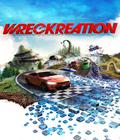

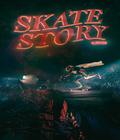
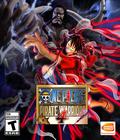


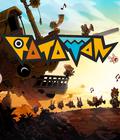
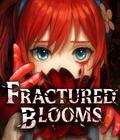

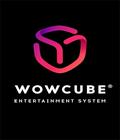 Rubik's WowCube provides an immersive mixed-reality user experience that allows players to physically interact with the digital world like it's a real object by twisting, shaking and tilting the console. When not used for gaming, the device can be a photo display, calendar reminder, weather station, lava lamp, and more.
Rubik's WowCube provides an immersive mixed-reality user experience that allows players to physically interact with the digital world like it's a real object by twisting, shaking and tilting the console. When not used for gaming, the device can be a photo display, calendar reminder, weather station, lava lamp, and more.












